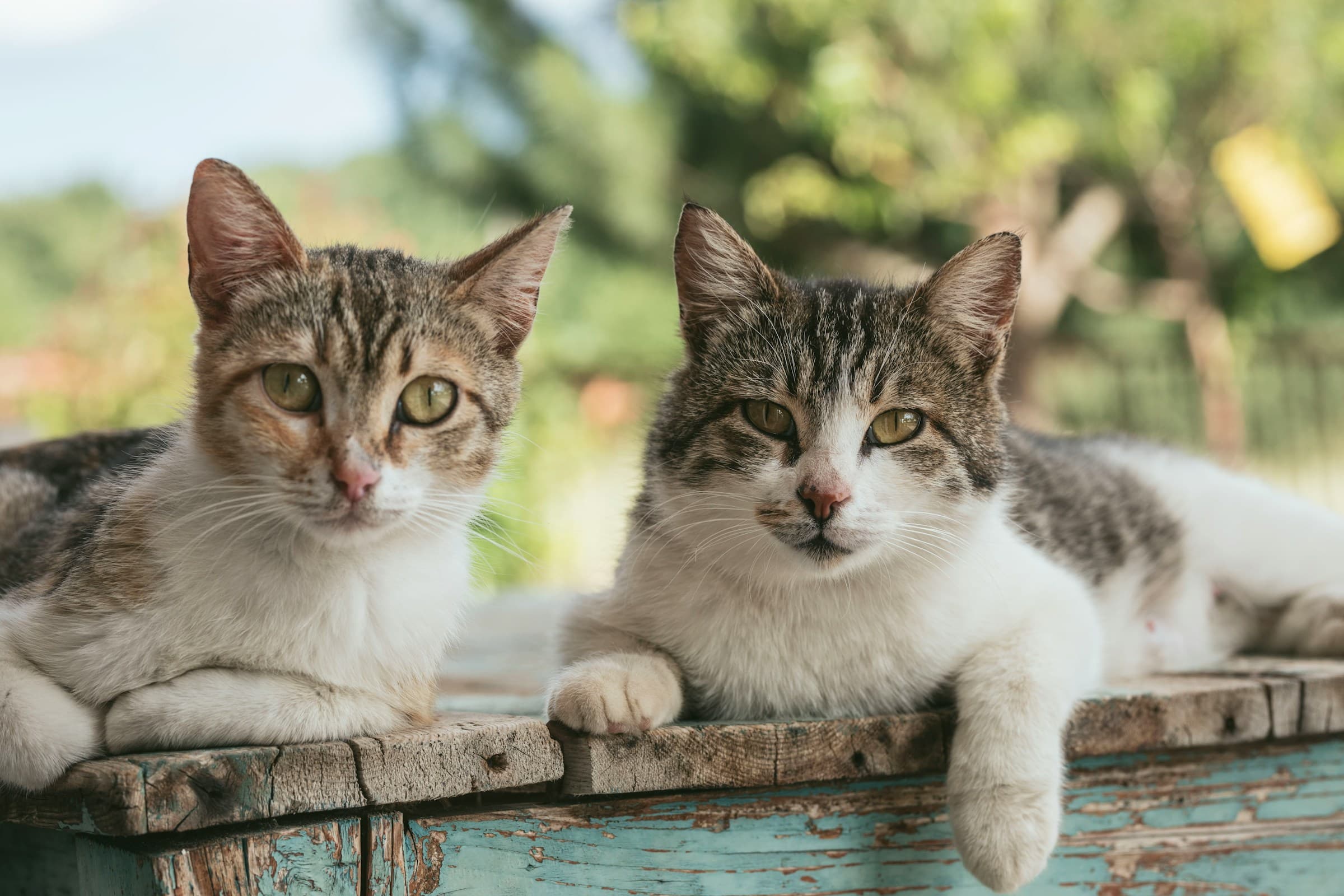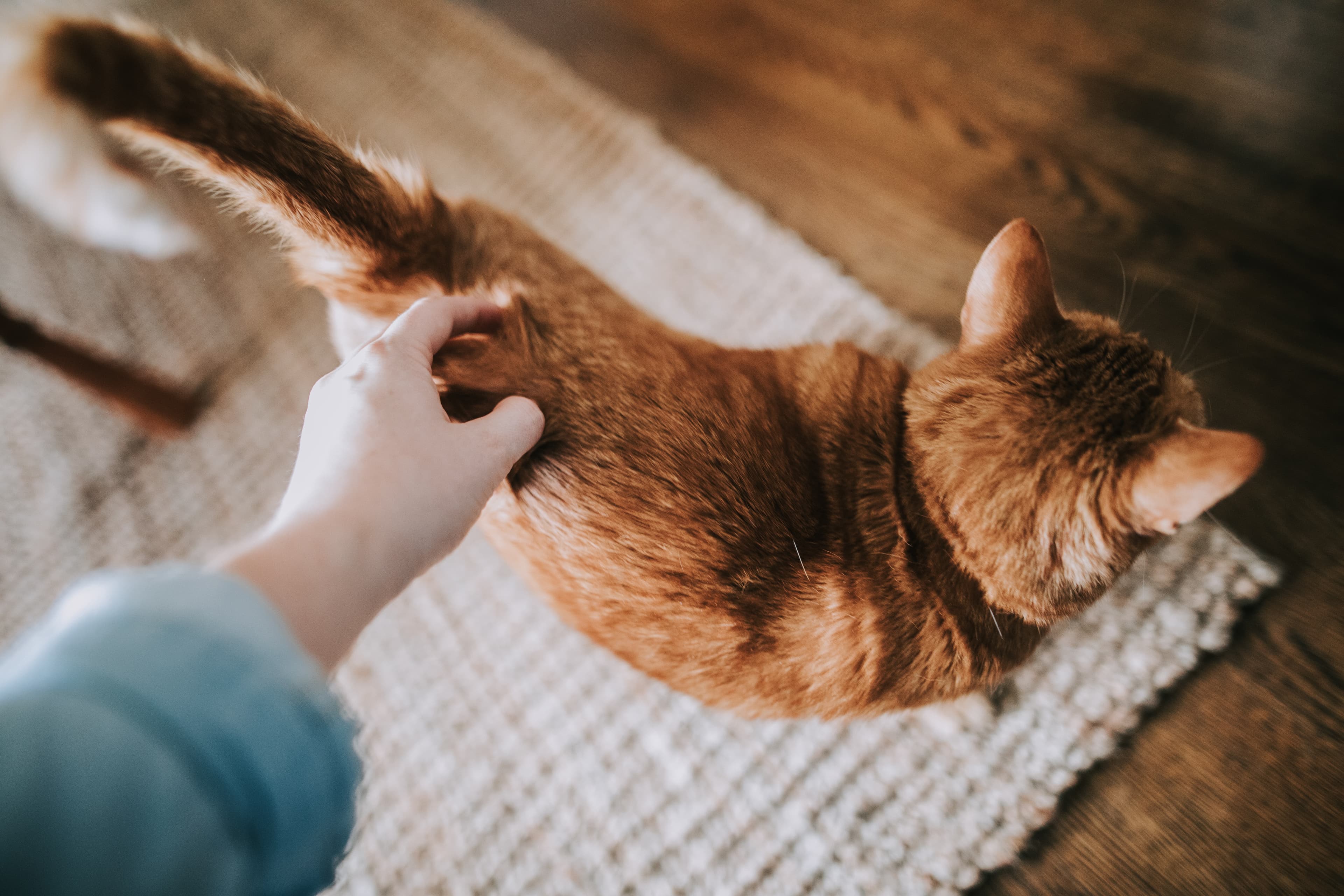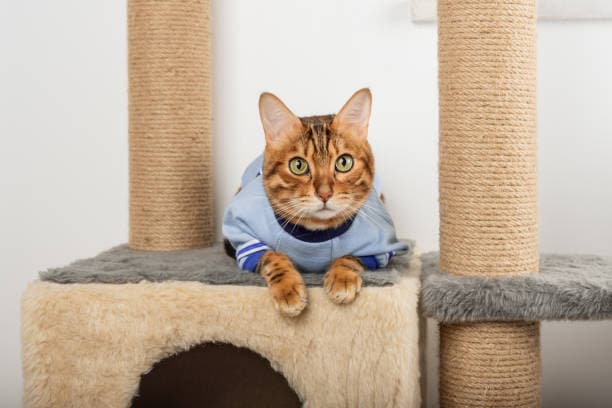
Cats Behavior


Getting a second cat? Learn how to prepare your home for the new cat and proper way to introduce your second cat to the current resident. This is a detailed guide to help you get your new feline friend settled down and initiate a peaceful interaction between both cats.

When cats wag their tail, they manifest a miscellany of moods: from merriment and exhilaration to ire and vexation. These movements are sundry: sluggish, rapid, in the form of quivering or shaking.

There is an opinion that training cats at home are a complex and impossible task. In fact, if you approach this activity correctly, then training cats will turn out to be not so difficult. An important point in this process is that you need to find the right approach for your furry pet, taking into account all its features.

